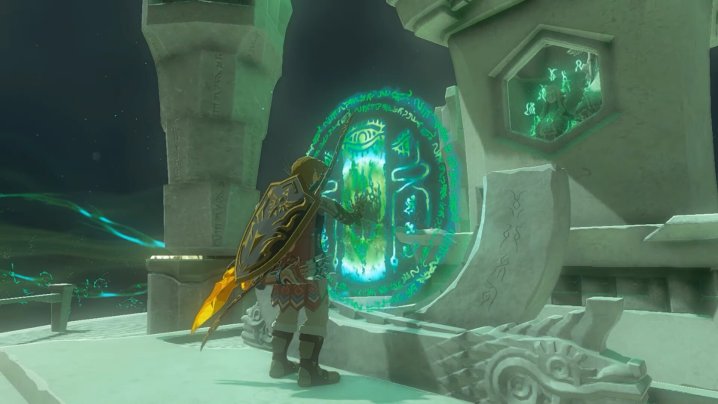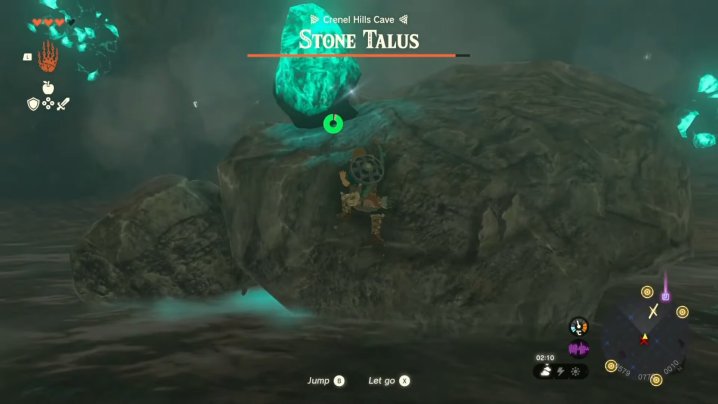Diamonds are one of the best resources in The Legend of Zelda: Tears of the Kingdom, as they sell for 500 Rupees and offer 25 attack power when fused to weapons. Since they’re so valuable, they’re tricky to find, with only a handful of ways to get your hands on them.
In this guide, we’ll show you how to find diamonds in Tears of the Kingdom.
Where to find diamonds

Shrines
There are five Shrines in the game that reward you with diamonds. These Shrines are different from the rest and feature Rauru’s Blessings, which play differently than you might be used to. We won’t spoil them here, but we will list the five Shrines that yield diamonds:
- Yomizuk Shrine
- Jochi-ihiga Shrine
- Mayaotaki Shrine
- Sihajog Shrine
- Maoikes Shrine
After completing a puzzle to enter each Shrine, you simply need to approach the chests to acquire a diamond.
Chests
Likewise, you can collect diamonds from chests around Hyrule. There’s a chest containing a diamond under Hyrule Castle and you can find it under a floor grate. But be sure to keep your eyes peeled as you play since there are many chests in the game, some of which contain diamonds.
Talus Enemies

You can also defeat Talus enemies around the map for a chance at earning diamonds. The drop rate is low, but it’s yet another method you shouldn’t skip. These are found all around the map, some of which are inside caves.
Ore Deposits
Speaking of which, you can find Ore Deposits containing diamonds inside caves around Hyrule. Of course, the drop rate is low, but you’ll have a higher chance if you smash Ore Deposits with a yellow glow.
Editors' Recommendations
- The best Power Armor in Fallout 4 and where to find each set
- The best weapons in Fallout 4 and where to find them
- Best Nintendo Switch deals: consoles, games, and accessories
- Where to find the Unmaking Arrow in Dragon’s Dogma 2
- Where to find the bookseller in Stardew Valley




